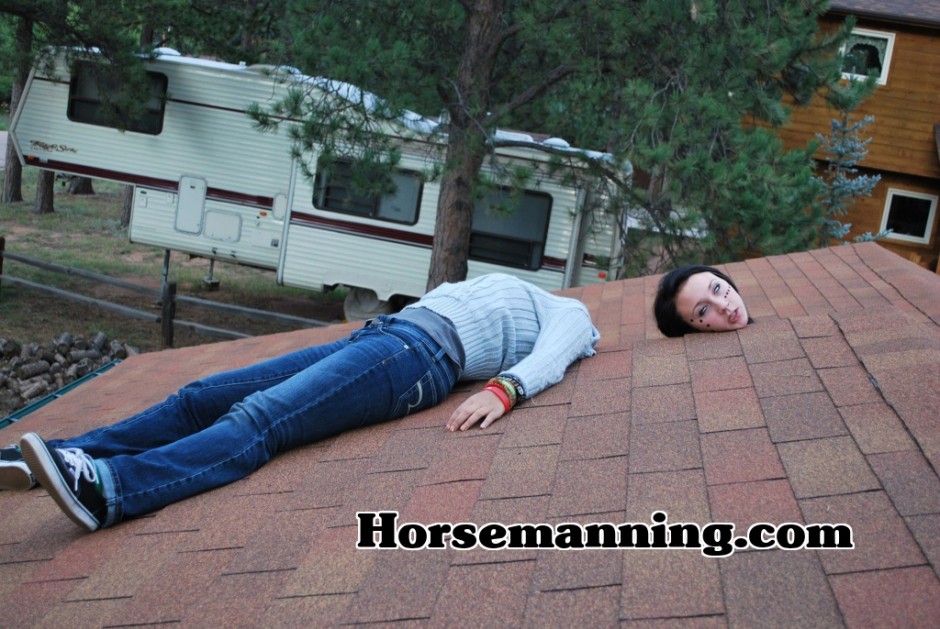The photography profession is rooted in tradition. It's a craft that is both art and science - both creative and technical. As such, there is no right way to do it. Just as there are numerous ways to take a photo, there are numerous paths to pursuing it as a career. You can go to school, you can assist another professional, you can read books to educate yourself on the technical aspects of photography but the hardest thing to learn is the business of photography. Because there is such a lack of information on how to run a successful photography business we tend to copy or learn from those who have been successful in the past. We look to other working photographers as a model on how to run our own business. We send mailers, we run email campaigns, we network. This is how the industry perpetuates itself. Each new generation learning from those who have blazed a path before us. Unfortunately, this is exactly why our industry has grown stale!
One thing I've learned from working in the SF Bay Area is just how quickly an entire industry can move. Silicon Valley is THE birthplace of today's computer technology and I've seen it grow, evolve, boom, bust and transform in the 20+ years I've lived here. I'm not sure why the entrepreneurial spirit here is so high - maybe it's the weather, or maybe it's because we have more venture capital firms than anywhere else in the country. One thing is certain, the Valley never quits. There is always some new idea, some new technology, some new college graduate thinking they have the next Facebook! You very rarely hear people complain about the competition, or blame their customers for the lack of business, or whine about technology moving too fast. When business starts to slump they look internally, not externally, and will change their business strategies on a dime!
If the photography industry is to survive, we need to adopt these types of business practices. We need to stop clinging to business models that were created in the days of film. We need to stop thinking that we are "owed" a successful business just because we know how to use a camera. We need to stop comparing ourselves today to the photographers of yesterday. Yes, the industry has changed. Yes, technology moves fast. Yes, everybody can take great pictures now. So look internally and ask yourself "What else can I bring to the table?"
If your clients aren't paying you what you think you deserve it's because they don't value what you offer. Commercial photography is a service industry and you can either be a $20 table massage or a $200 spa treatment, the choice is up to you.



























